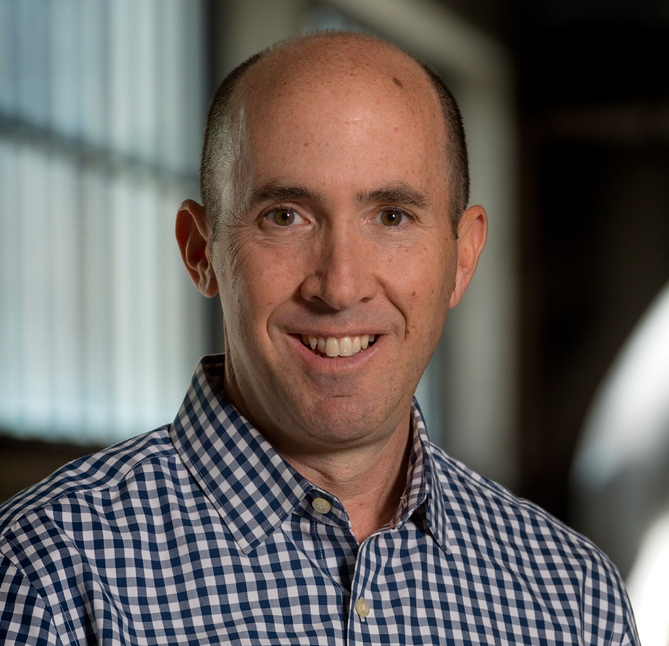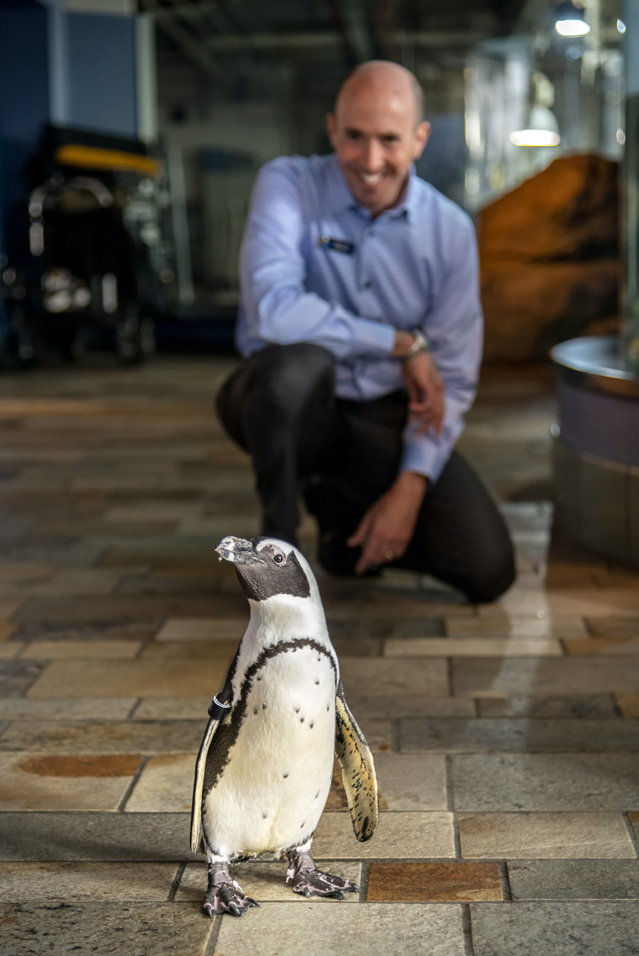
David Rosenberg
David Rosenberg is the first IAAPA member to lead the organisation from the zoos and aquariums sector. An industry veteran, Rosenberg has his sights set on the year ahead as he shapes IAAPA during one of the most important years in its history.
What’s your background?
I joined Disney while I was in college, starting as a lifeguard at Typhoon Lagoon and then going on to work in several positions. I later joined Hyatt Hotels before going to Monterey Bay Aquarium as vice president of guest experience.
What are your plans as chair for the next year?
Sustainability is the key thing for me. We have such an important role to play now with attractions and sustainable practices. Attractions are looking at how to do more and IAAPA can help to drive that.
You’re the first chair to come from a zoo or aquarium background. How will that benefit that sector and what approaches can you bring to the position?
IAAPA members’ attractions are diverse, everything from zoos to amusement parks, and not necessarily just one or the other.
We have an opportunity to learn from each other. The fact our association is so diverse is such a big strength. You learn more from people who aren’t like-minded, who operate differently and bring different perspectives. It’s going to be something that my chairship will highlight.
Sustainability is the key thing for me. We have such an important role to play now with attractions and sustainable practices
With zoos, the space has been changing fairly rapidly and has been forced to change in recent years. How do you keep on top of such things?
We’ve done a good job of making sure our members understand how visitor perceptions are changing. We’re stepping up to meet those expectations. We can help the zoos and aquariums sector stay ahead of this issue.
Are there any parts of the industry where you’re seeing specific growth?
I was at Whistler last summer. If you were to visit at that time of year a decade ago, there was almost nothing in terms of tourism because there wasn’t really anything to do.
In July this year, it was thriving. The mountain has become an attraction. It’s got things such as the world’s highest bridge, mountain biking and hiking activities. Hybridisation might be a buzzword in some ways but it’s also become really evident. Taking a six-month operation and turning it into a year-round attraction is a big growth area.
What trends are you seeing?
Current and future generations do and will expect us to be responsible operators. When we’re not doing that it’s something we get called out on, so it’s important we understand those changing expectations.
As an example, if I was to have single-use plastic water bottles at our aquarium, there’s an expectation that we’d make the effort and phase that out. Disney this year said that it would be eliminating single-use plastic straws and plastic stirrers at all owned and operated locations across the globe and Six Flags has three parks that have installed solar and come off the grid.
The industry on a large scale is stepping up to that and people are recognising it.

Rosenberg started out in the industry as a lifeguard for Disney, later joining Monterey Bay Aquarium
